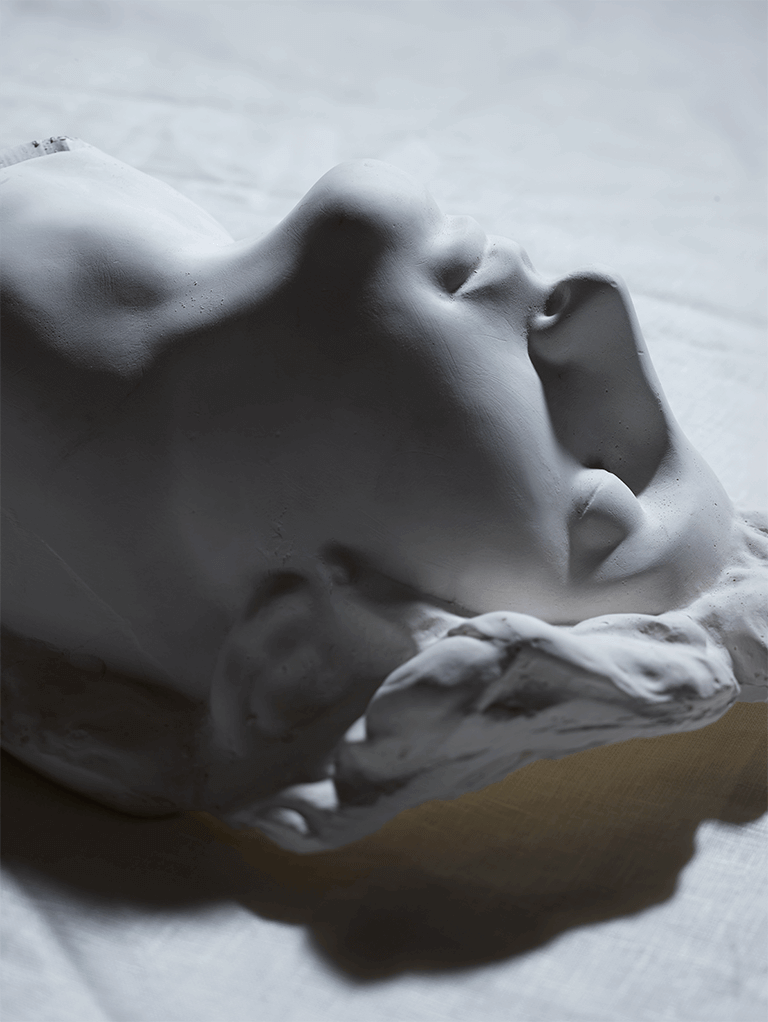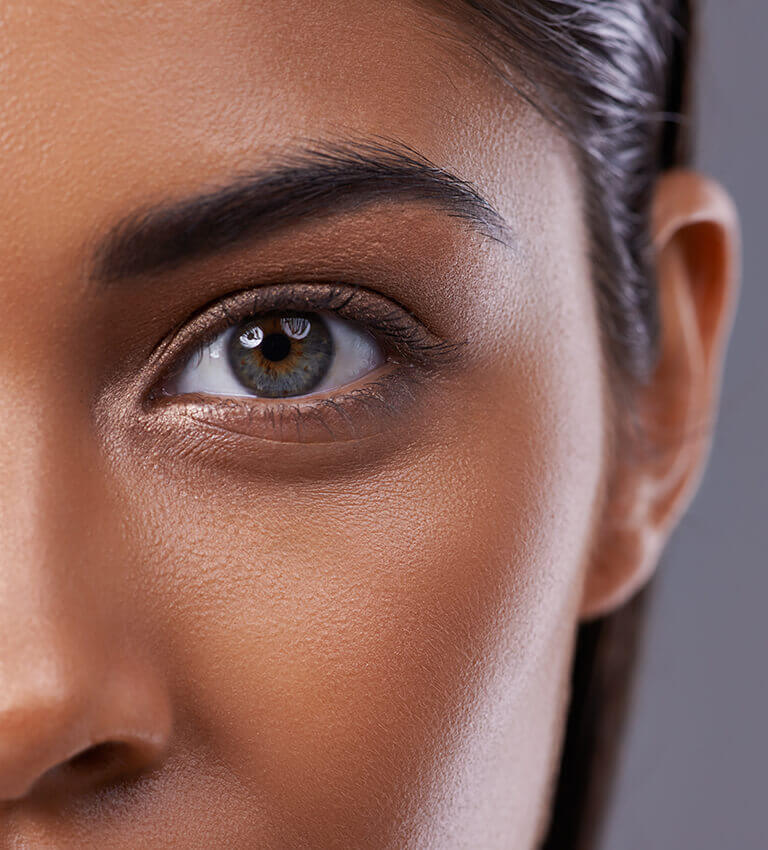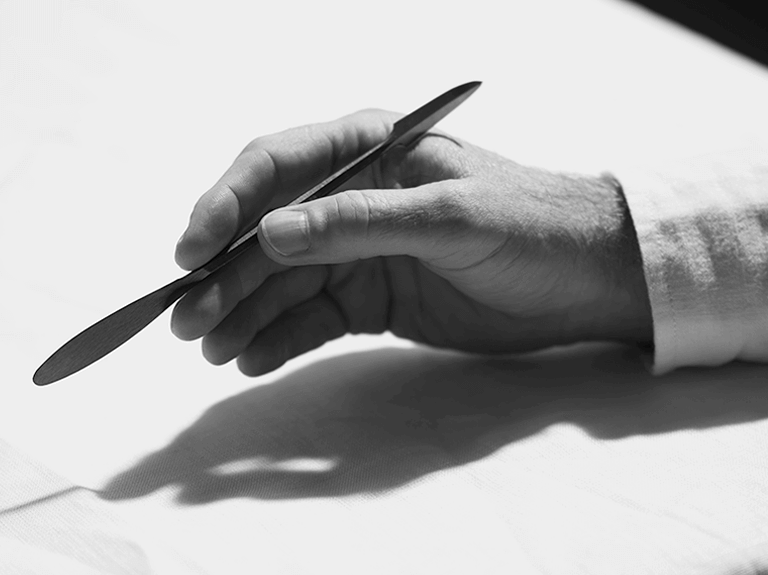MASTERY CREATES NATURAL RESULTS Gallery

If you are considering a cosmetic rhinoplasty or have any questions regarding the rhinoplasty procedure then get in touch with us on: 020 7118 3553 for our Harley Street, London clinic, or 020 7118 3553 for our Guildford clinic.
Mr Rowe-Jones and Emma Rowe-Jones will discuss specific risks further and fully with you at your consultation. It is important to appreciate that surgery cannot guarantee a perfect result, although every effort is made to minimise unpredictability and achieve the best outcome possible.
It is important you understand there are limitations on how any surgeon can change the nose because the anatomy is very complex. For example, the nose is made-up of multiple pieces of cartilage and bone with complex shapes. It has joints and soft-tissue supports between these pieces. These pieces have complex and variable physical properties varying from springy, elastic cartilage to hard, brittle bone. There are also surgical and technological limitations in our ability to reshape these many different pieces.
It’s also worthwhile noting that the skin on your nose cannot infinitely shrink or stretch. For example, a surgeon can move a nasal tip back closer to the face (de-project the tip) by even a centimetre but this will produce a tip that is fatter from the front. This is similar to what happens if you push the tip of your nose back with your thumb. A surgeon is also limited because an intended change on one part of the nose may be associated with an accompanying unwanted change on another part – for example, if you squeeze a balloon to make it smaller in one place it will get bigger in another.
Modern cosmetic rhinoplasty is designed to keep your nose working properly. In some cases, noses which are twisted on the outside may be blocked on the inside. If the septum is twisted, rhinoplasty is combined with septoplasty. This is called septorhinoplasty and is used to straighten the nose on both the outside and inside. This improves both breathing and the appearance of your nose. It is also possible to rebuild noses with ‘pinched’ or weak nasal tips and nostrils or droopy tips. Weak nostrils may suck in with breathing. In order to enhance the look of the nose and relieve blockages rhinoplasty can reshape the tip and nostrils and lift the tip.


Refinement surgery for the nose is considered when unpredicted changes or irregularities occur that Mr Rowe-Jones feels can be corrected, or else, if he thinks your nose can be improved further. Refinement surgery is usually a smaller procedure occurring in about 5% of primary rhinoplasty patients and 10–15% of more complex secondary rhinoplasty patients.
If you’re considering a cosmetic rhinoplasty or have any questions regarding the rhinoplasty procedure then please call for a confidential conversation with one of Mr Rowe-Jones’s team. 020 7118 3553 or info@julianrowejones.co.uk